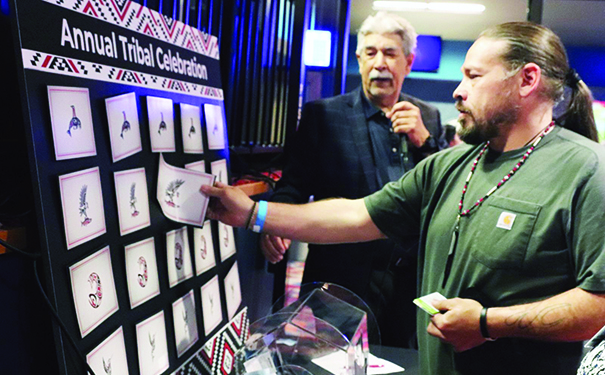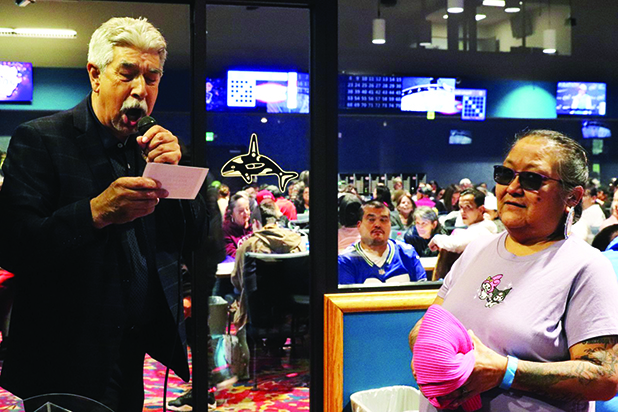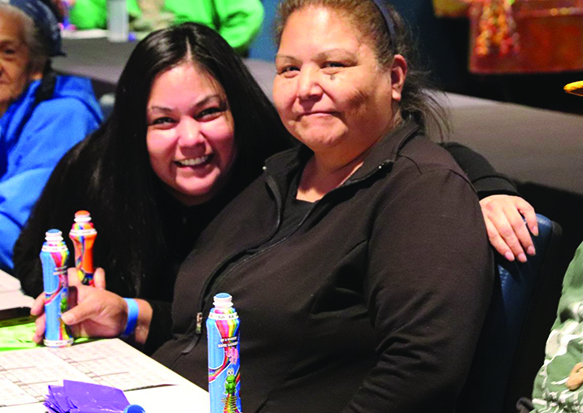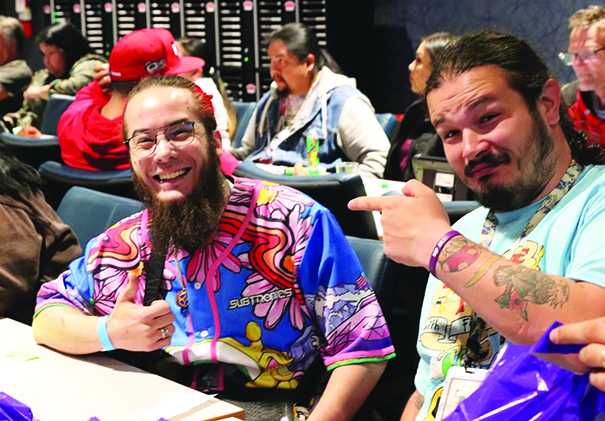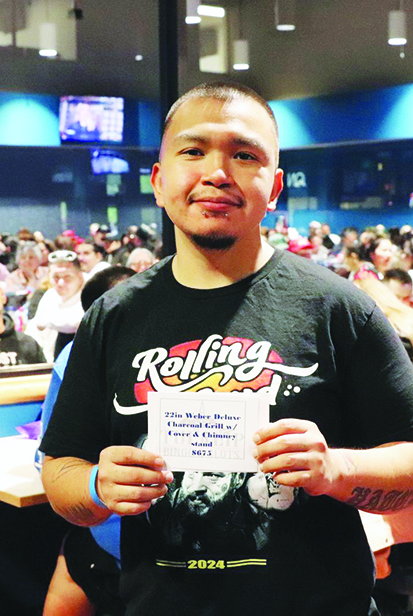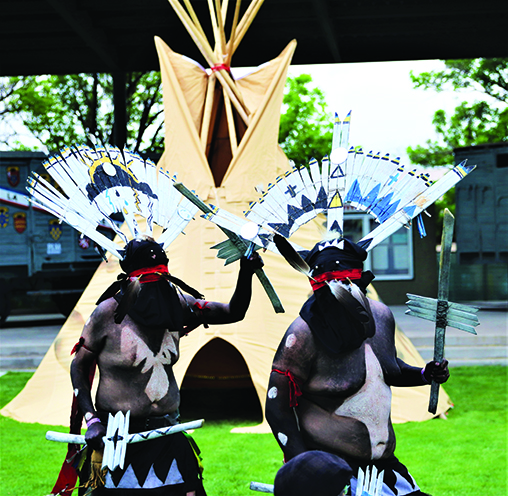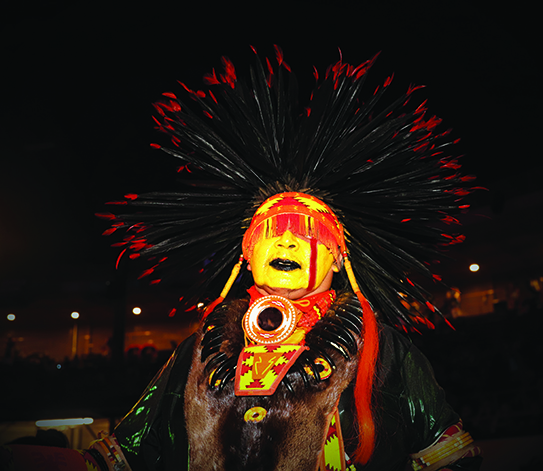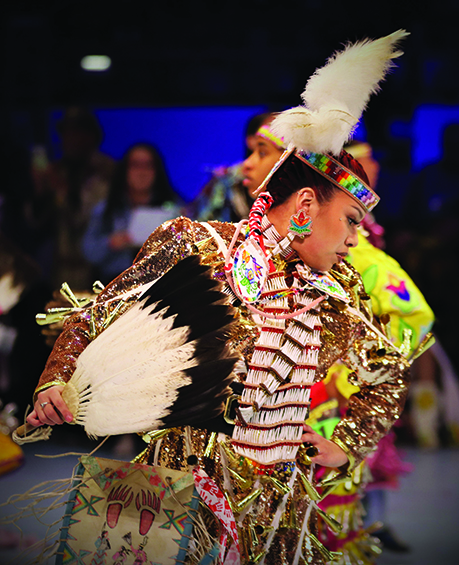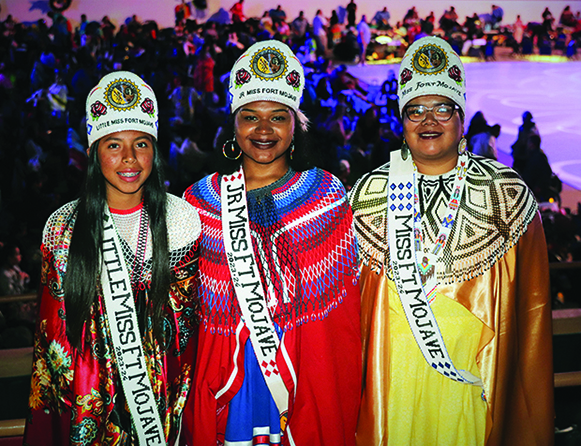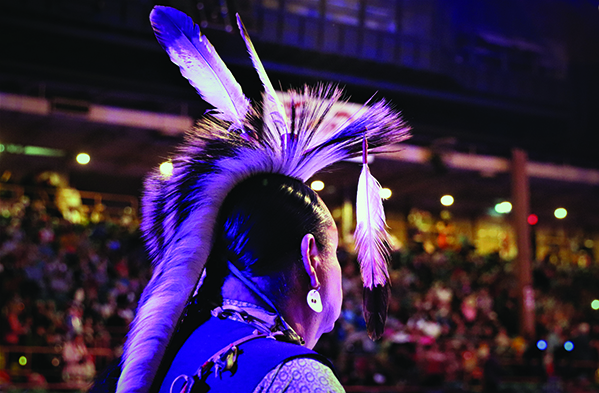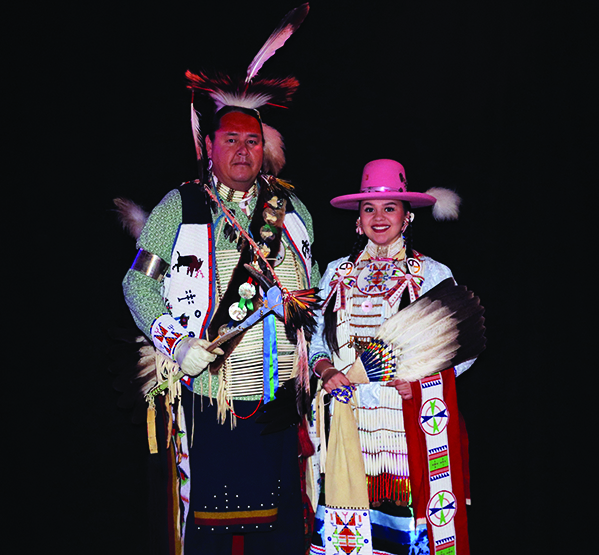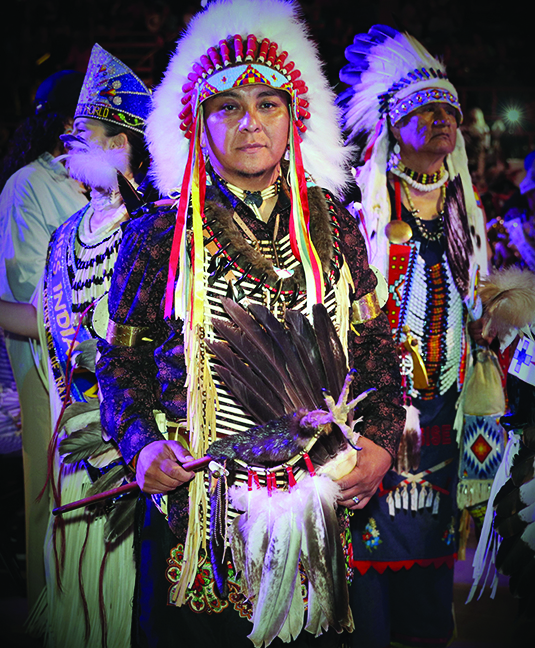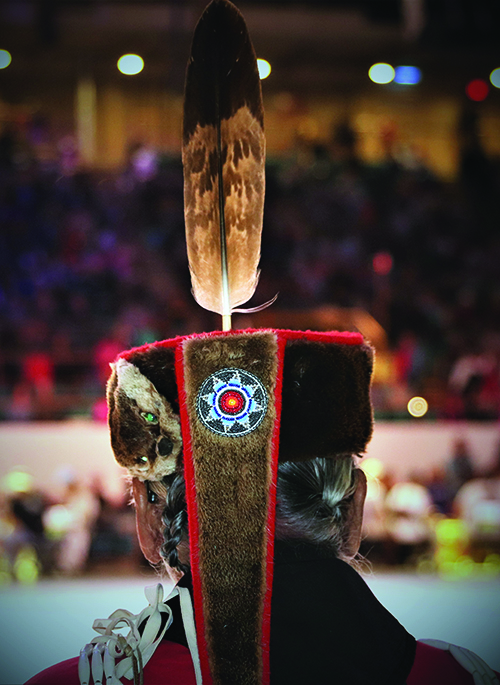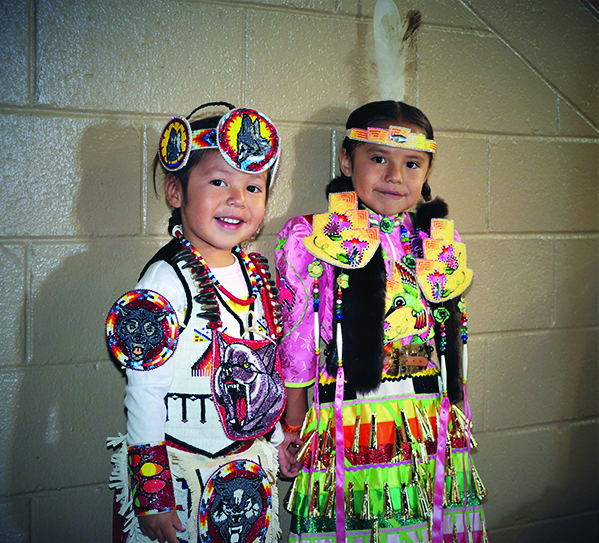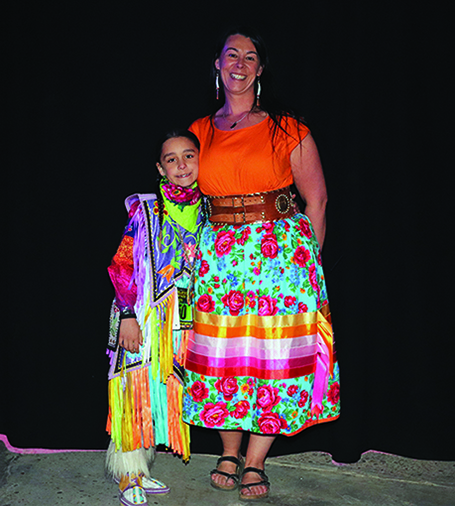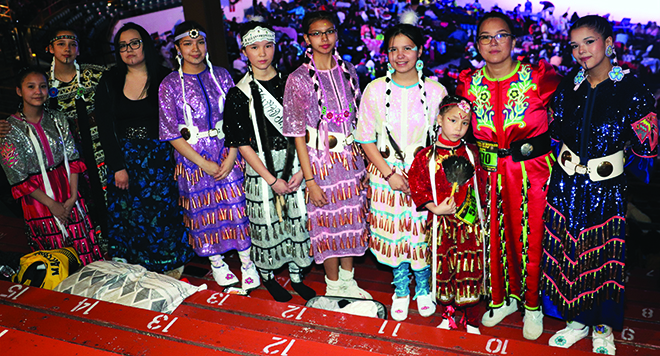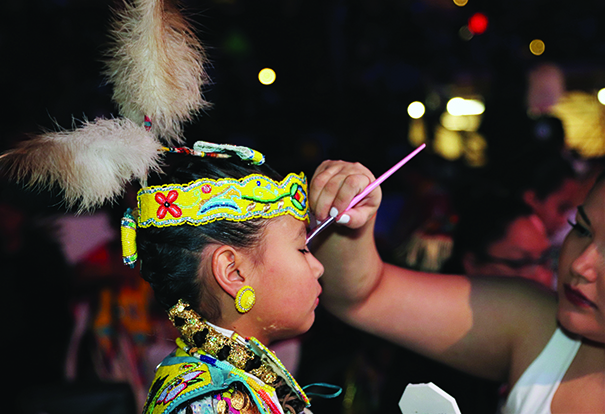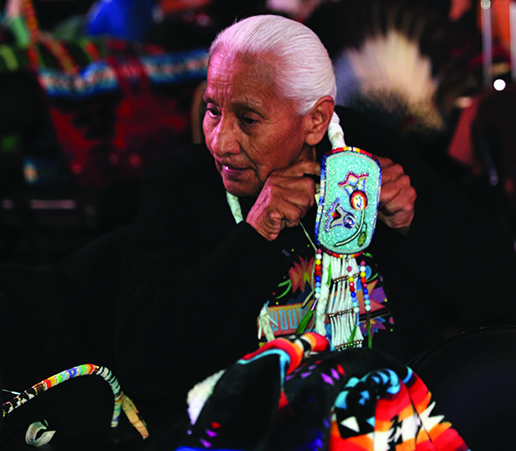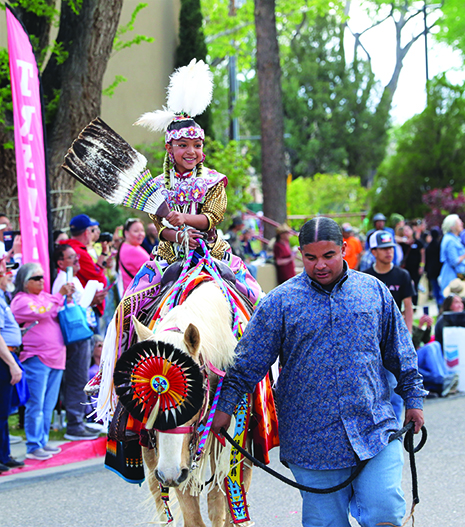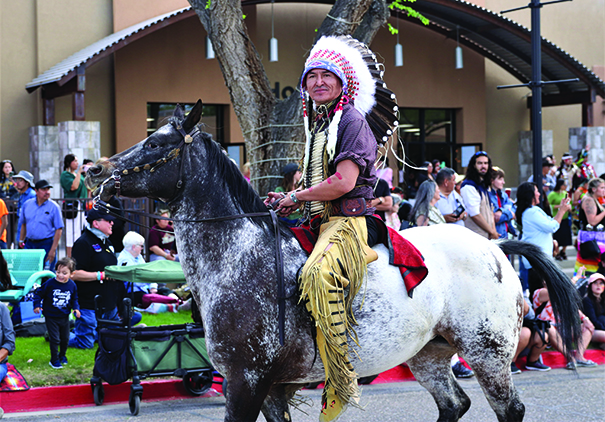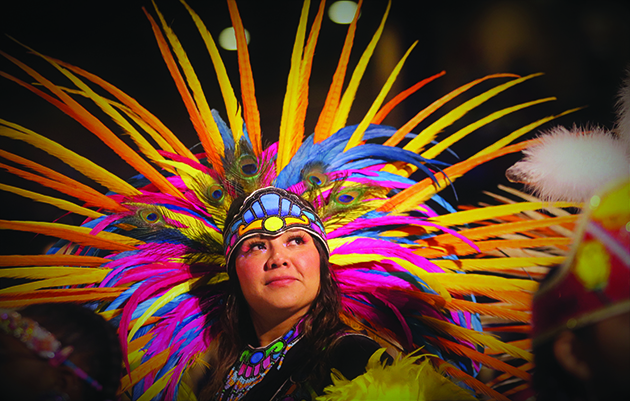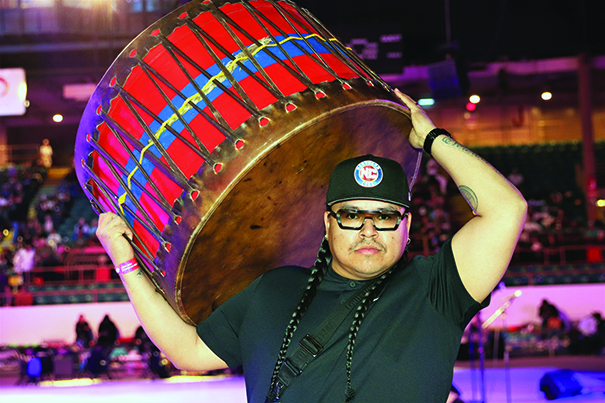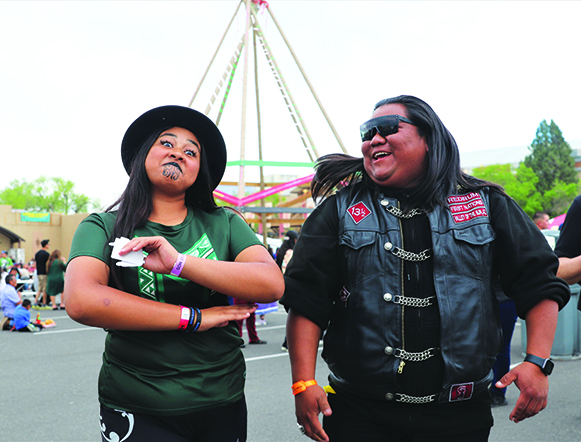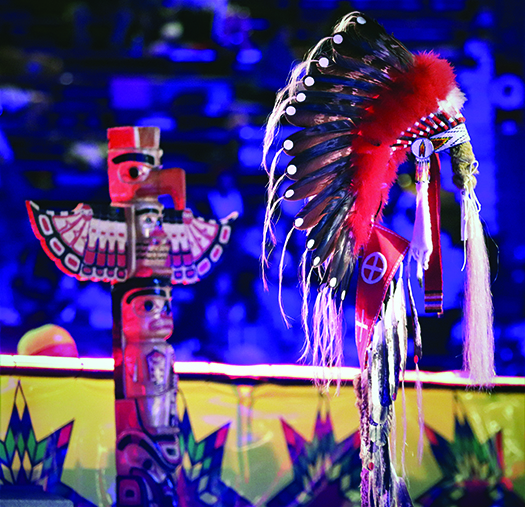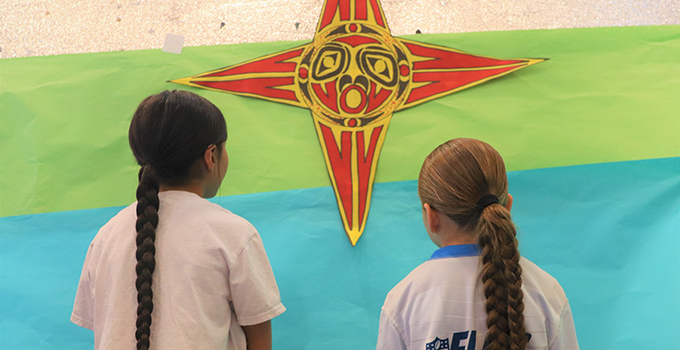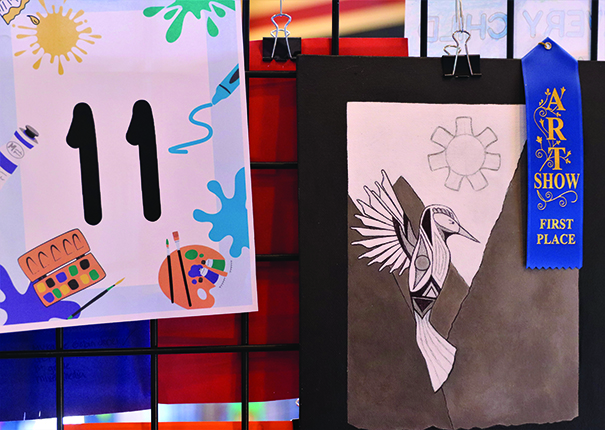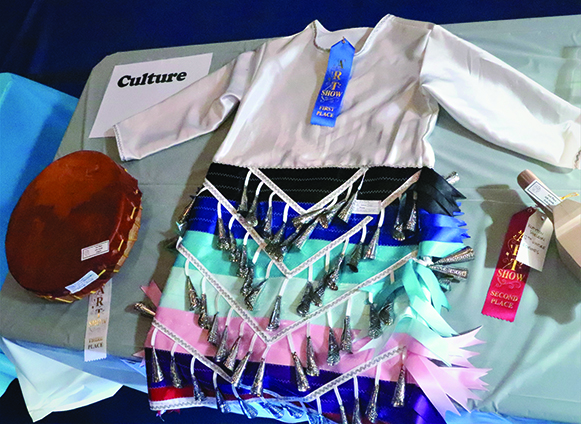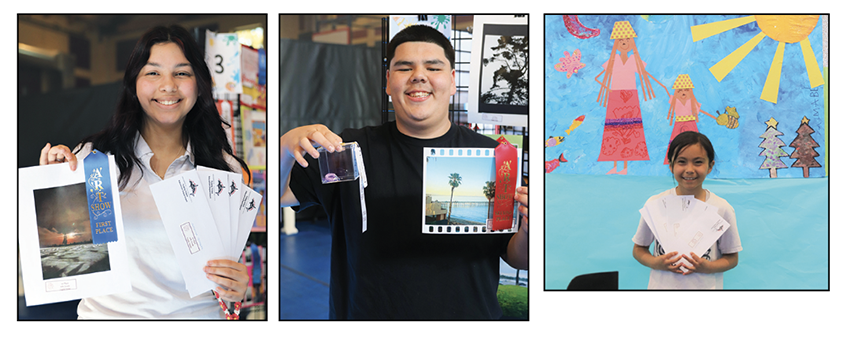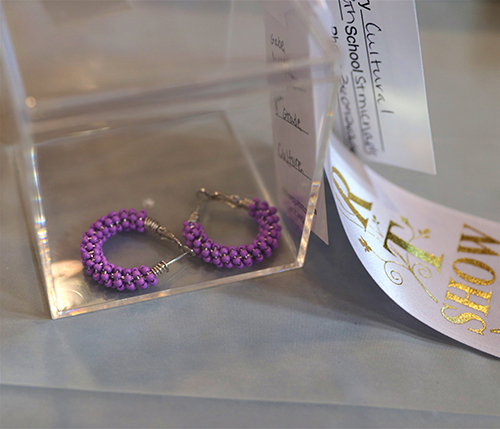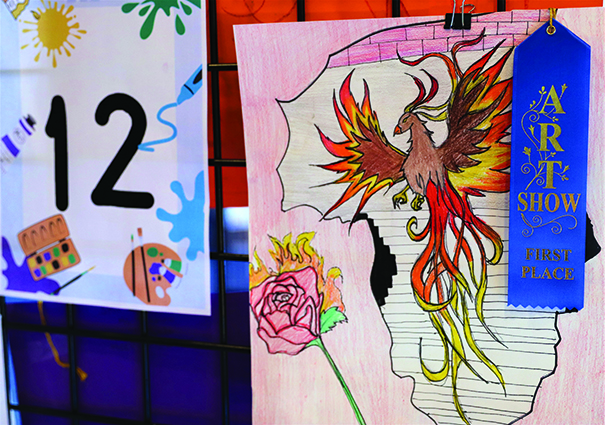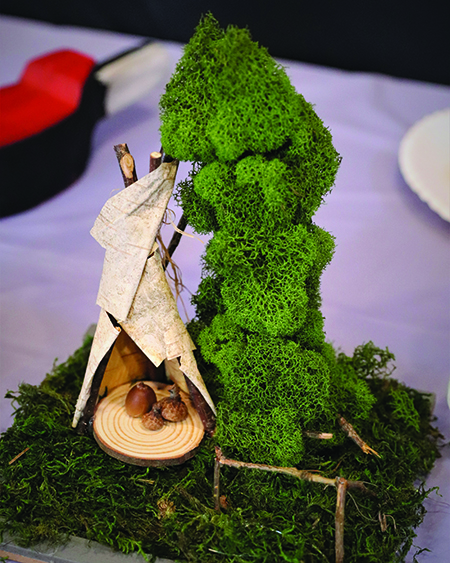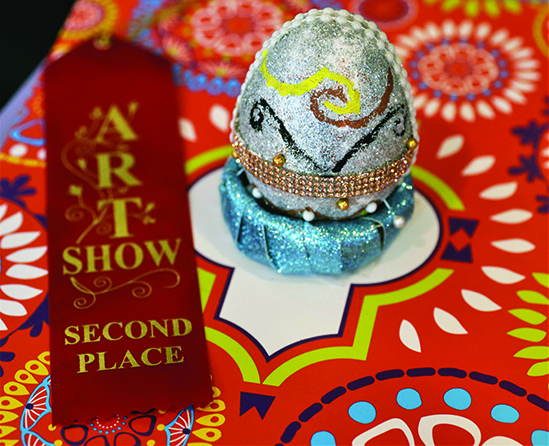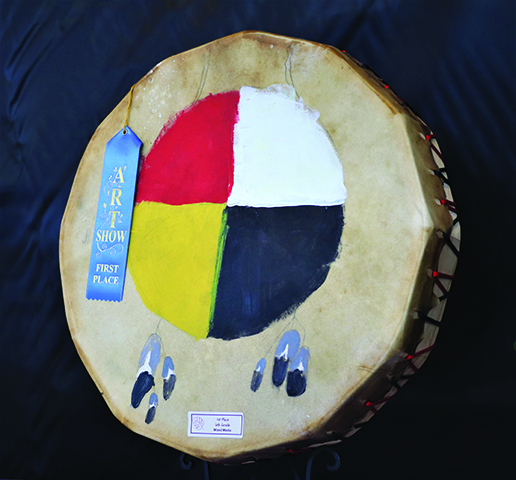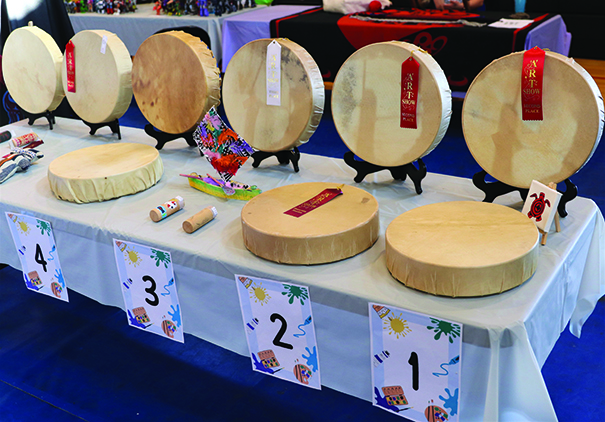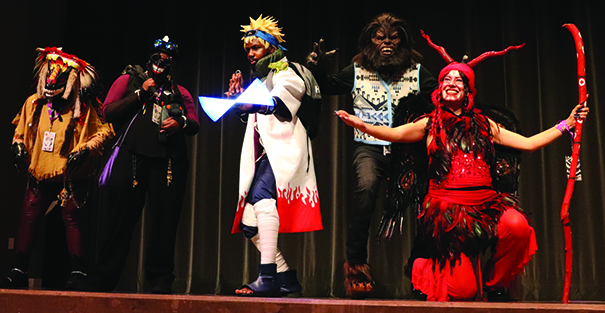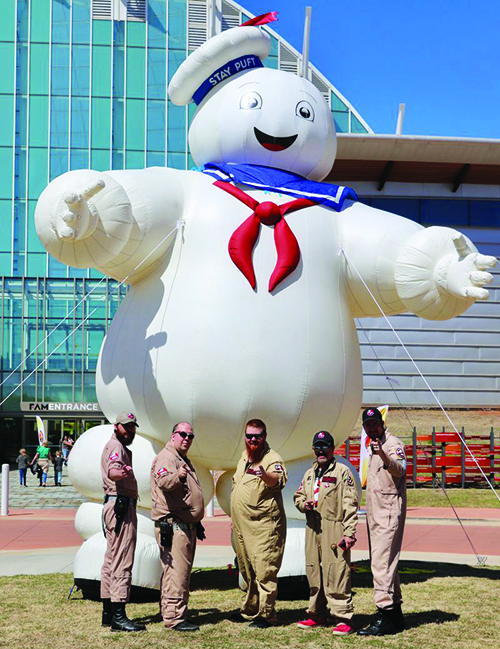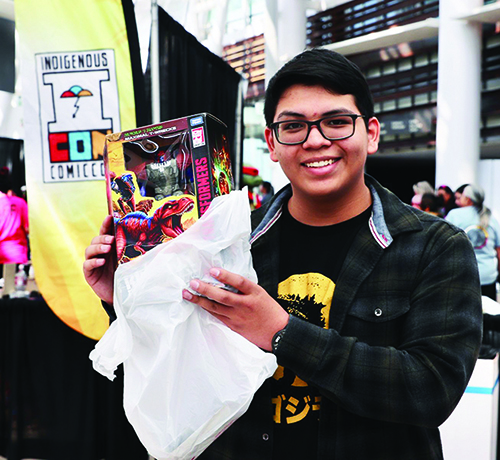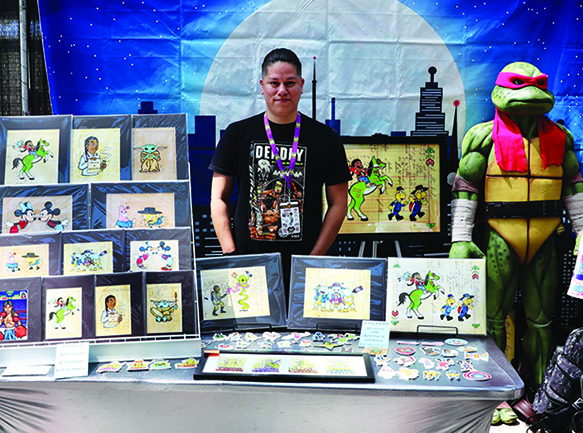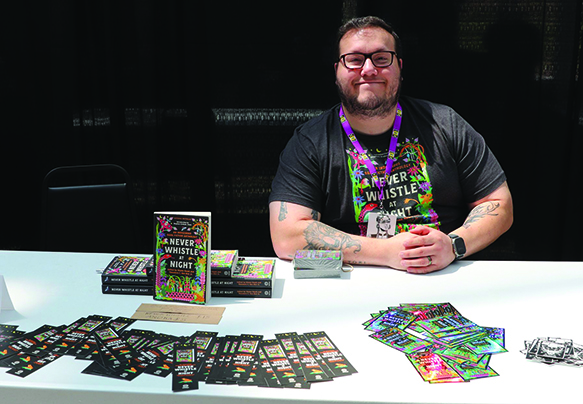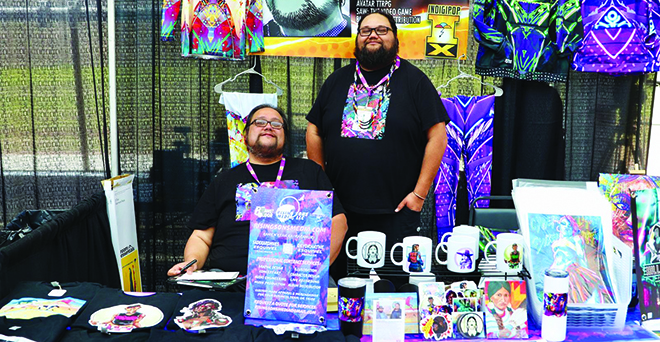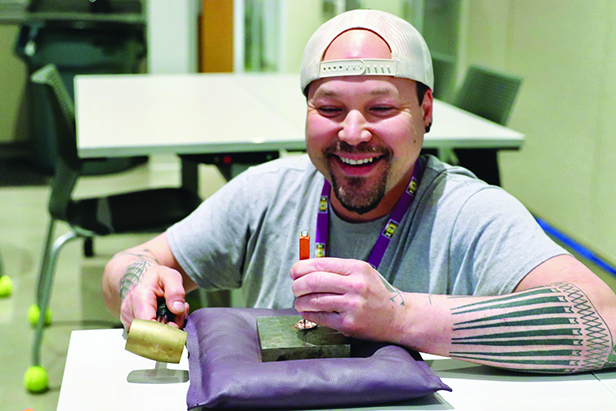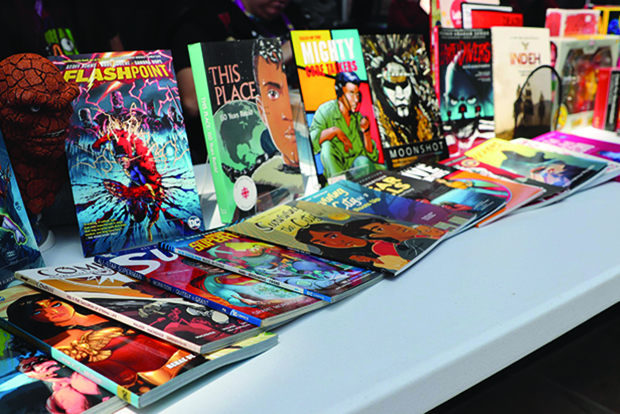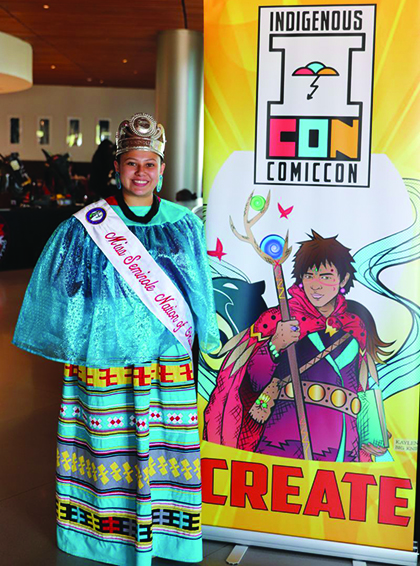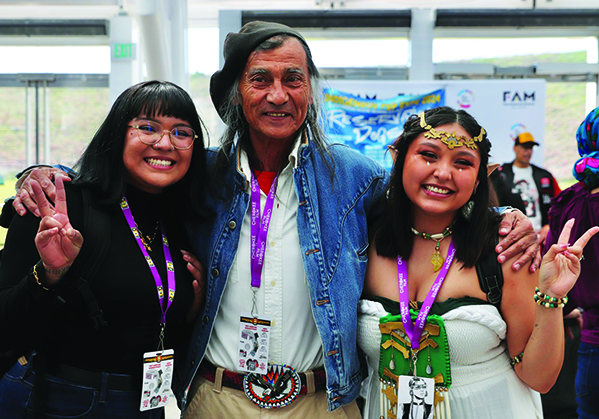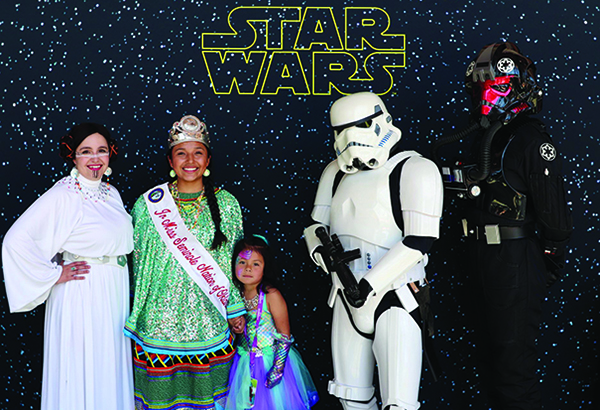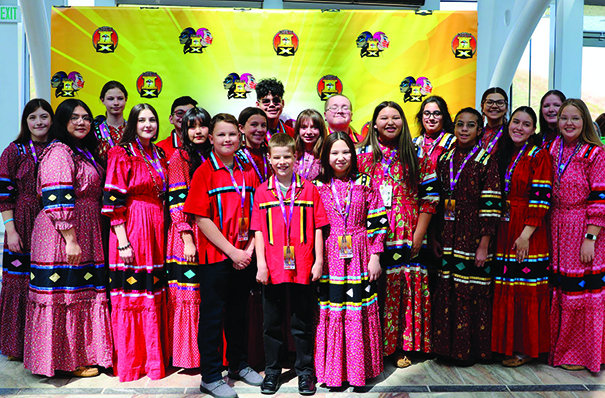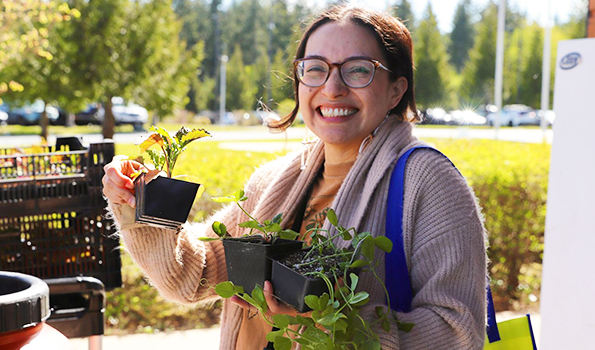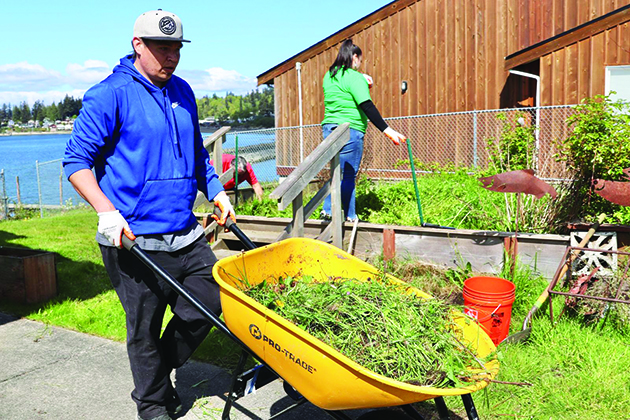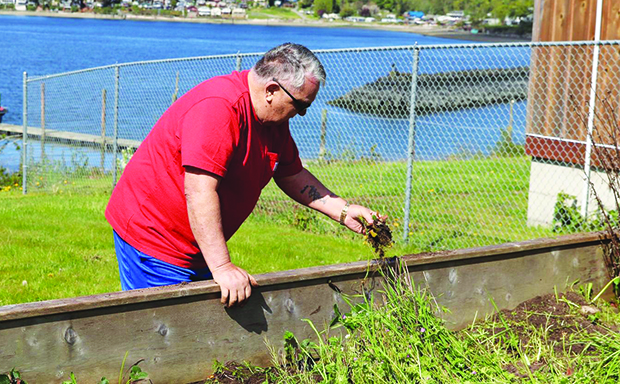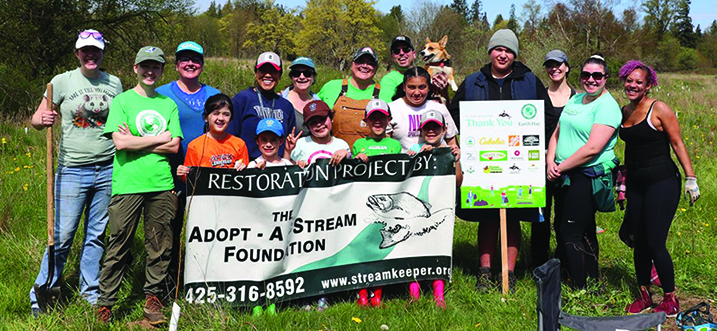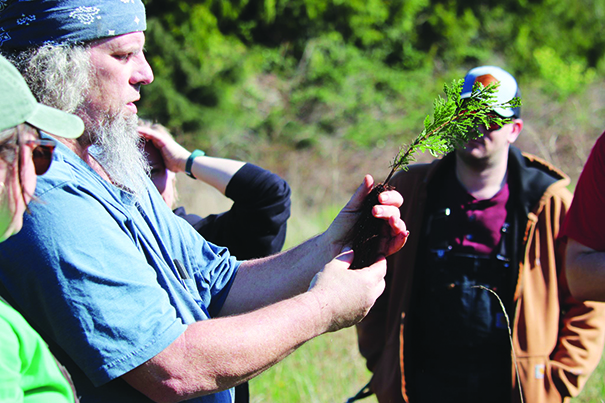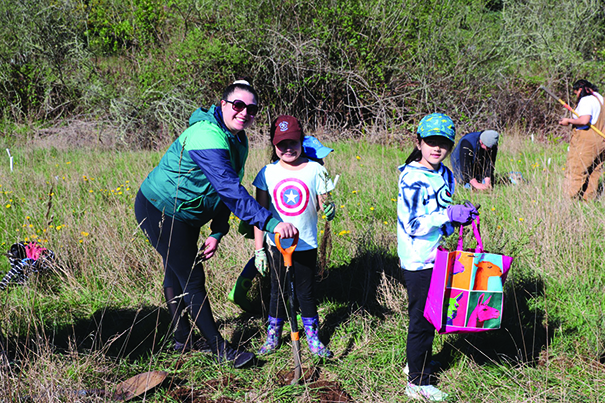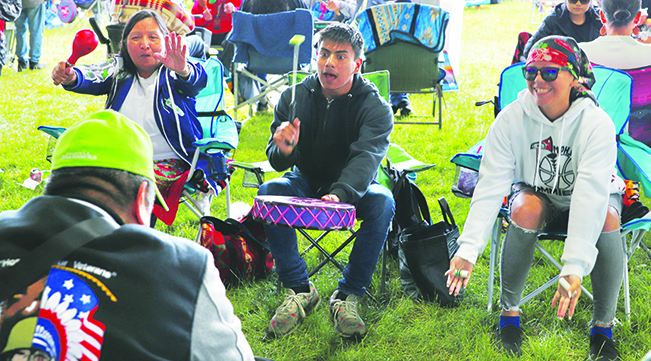
By Kalvin Valdillez, Tulalip News
Summer is right around the corner! As the weather warms up and the kiddos prepare for their last stretch of school for the year, one can’t help but look ahead at all the exciting, engaging, and educational events that are on the horizon at Tulalip.
Tulalip is known for planning an entertaining summer each year, which always includes a healthy dose of imparting cultural knowledge to the next generations. For tribal members, summertime events and activities are often based around the act of exercising your treaty rights and flexing your tribe’s sovereignty through harvesting cedar, huckleberries, and salmon, as well as selling federally legal fireworks at Boom City.
With several events scheduled to happen over the next two months, it might be easy to overlook and ultimately miss out on any number of the upcoming gatherings. For this reason, we compiled a list of some of the major happenings taking place at Tulalip throughout May and June. So, make sure to bookmark this story and input these following dates into your digital calendar!
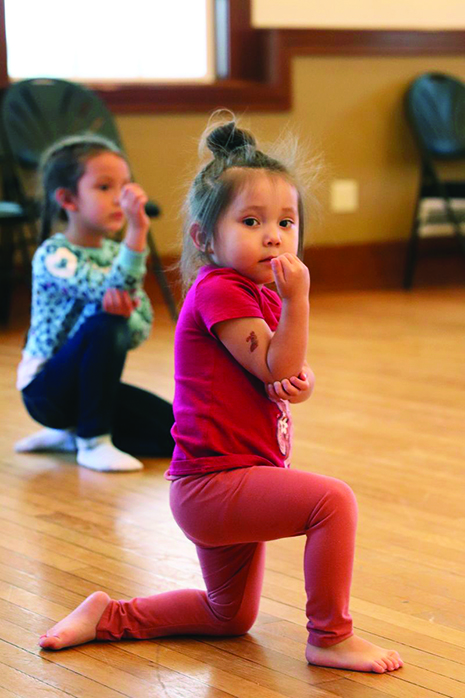
Culture Night – Every Tuesday – 5:30 p.m. at the Kenny Moses Building
Come join the community for a night of jamming and regalia crafting! This is a great gathering to help introduce the kiddos and newbies alike to the cultural way of life. Songs and dances are practiced at a slower pace, ensuring that the youngins learn every step and chant, so they will be ready to perform at game speed when the time comes.
This year, the community is focused on making color matching regalia items that include shawls and vests, so they can proudly represent Tulalip at all the upcoming cultural events taking place this summer.
Canoe Practice – Every Wednesday – 5:30 p.m. at the Tulalip Marina
Build up your endurance for this year’s pull to Puyallup for the youth canoe journey! Although the paddle to Ahousaht was canceled, the epic and fan favorite event will continue with a journey for tribal youth throughout the region.
Not participating in the canoe journey? Come on out anyway and enjoy that powerful connection to the Salish Sea, that is a unique spiritual experience for coastal tribal members. And who knows, there may be an opportunity for you to navigate the traditional waterways this summer. In years past, when the Canoe Journey was canceled during the pandemic, the Tribe organized a pull to Lopez Island for a camping trip. Similarly, the recovery community often plans a recovery camp out at Lopez, that is sure to include a canoe pull through the local waters.
Salmon Ceremony Practice – Every Thursday – 5:30 p.m. at the Tulalip Gathering Hall
Learn about the importance of the Tribe’s annual Salmon Ceremony and the story of its revival that occurred in the seventies. Salmon Ceremony practice is special to witness because this a space where Tribal leaders and elders pass down teachings to the next generation in real time. There are nearly a dozen songs and dances that the Tribe rehearses each practice, which of course is all in preparation for welcoming and honoring the first king salmon of the year.
Salmon Ceremony is set for June 1 at 10:30 a.m.
War Canoe Races – Happening this weekend (5/4 & 5/5) – All Day at Tulalip Bay
A thrilling occurrence for both competitors and spectators alike, the Salish-wide canoe racing event will make an early appearance at Tulalip Bay this year. In fact, if you are reading this fresh out your mailbox, get yourself over to the teen center campus to catch a good view of the races!
Over a hundred racers take part every year and hit the waters at full speed, making laps from the Tulalip longhouse to Hermosa beach and back again. Designed with swiftness in mind, the war canoes are sleek and narrower than traditional cedar dugouts. Racers train year-round in hopes of bringing home the first-place trophy for the Tulalip Bay circuit. This year there will be single, double, six-man, and eleven-man races throughout the weekend.
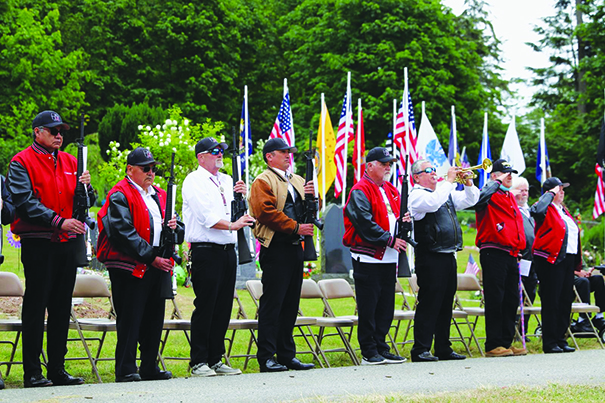
Memorial Day – 5/27 – 10 a.m. service at Priest Point Cemetery, 11 a.m. service at Mission Beach Cemetery
In observation of Memorial Day, the Tulalip Tribes holds two services every year, as many of the Tribe’s membership enlisted and proudly served in the US military. The community gathers at both the Priest Point and Mission Beach cemeteries to honor and remember those fallen soldiers who paid the ultimate sacrifice while protecting this Nation’s freedom.
The Tribe also takes time to thank the Tribal veterans, Gold Star Mothers, as well as any current active-duty members of the military for their service. At the end of each ceremony, the Tribe pays tribute to the fallen soldiers with a 21-Gun Salute by the Tulalip Honor Guard, as the names of those who served and are no longer with us are read aloud during roll call.
Tulalip’s Annual Stick Games Tournament – Weekend of May 31 – all day at the Tulalip Amphitheater
The Tulalip Amphitheater has become the official home for the Tribes annual stick games tournament. Natives from all across North America journey to the Tulalip rez to try their luck at the traditional game that has been practiced amongst Northwest tribes and First Nation bands for thousands of years. Numerous teams participate every year at Tulalip and play for a chance to win cash prizes.
This year’s total payout is $50,000 and the grand prize is $25,000. There will also dozens of vendors at the tournament selling the likes of Indian tacos, snow cones, smoked salmon, kettle corn, as well as Native-designed clothing, blankets, and jewelry.
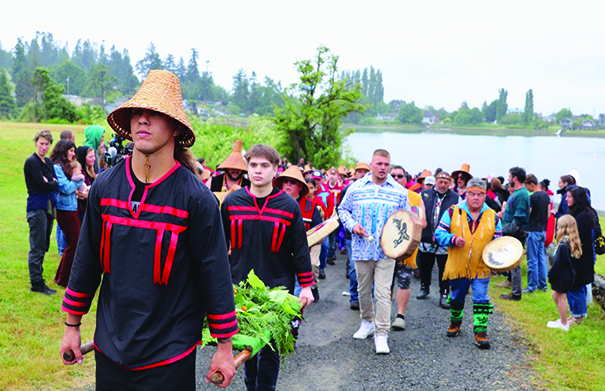
Salmon Ceremony – June 1 – 10:30 a.m. at the Tulalip Longhouse
Once a year, during the first weekend of June, Tulalip members gather at the Tribe’s longhouse to honor and pay tribute to big chief yubəč, the king salmon. For generations, the salmon have provided delicious nourishment for the people. And to show their respect, Tulalip holds an annual Salmon Ceremony celebration at the start of each fishing season to welcome the first king salmon of the year.
Celebrated since the beginning of time, the traditional ceremony was once outlawed during the assimilation era. In the mid-70’s, the ceremony was revived by Harriette Shelton Dover and a number of Tulalip elders. The gathering also serves as a way to bless the local fisherman as they prepare for a season on the water.
Powerful songs, stories and dances are shared as the first salmon of the season is escorted onto the shore of Tulalip Bay. After the people offer a blessing, through song, prayer, and dance, the salmon is prepared, served, and enjoyed by the entire community together. The remains are sent back to the Salish Sea, so that yubəč can return to his village and tell the salmon people how well he was treated by the community of Tulalip. And in turn, the salmon will continue to run through the waterways of Tulalip Bay and serve as sustenance for the Tribe throughout the summer.
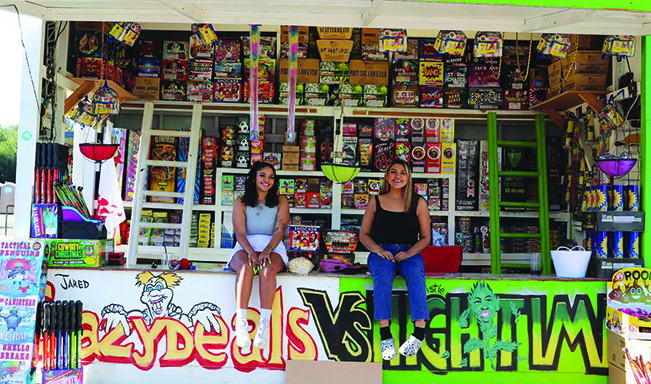
Boom City – Mid-June – July 4th at Boom City site
The Northwest pyrotechnic capital will officially be open for a two-week period this June! Tulalip entrepreneurs will set up their vibrant and creatively designed stands at the lot located behind the Tulalip Resort Casino approximately around the weekend of June 21.
As always, the stand owners will have innumerable types of fireworks available for purchase including cakes, firecrackers, bottle rockets, sparklers, Roman candles, fountains, smoke bombs, pop-its, and many more. Boom City also offers a designated area for people to enjoy their fireworks safely and legally. Several food vendors will be stationed at Boom City as well, serving up treats such as Hawaiian shaved ice, frybread and tacos.


